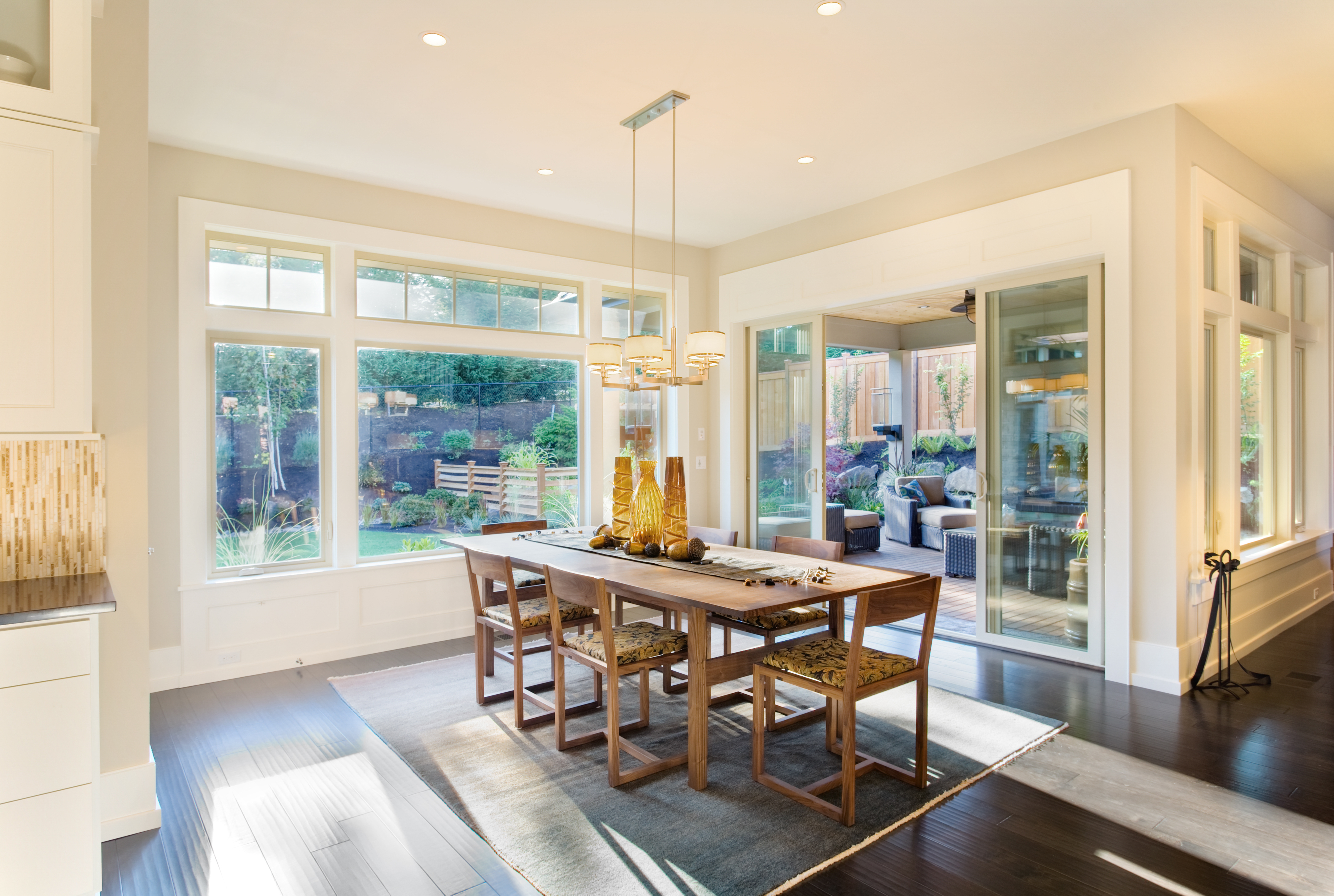
Discover how much under-cabinet lighting costs. Discover installation prices, key cost factors, and expert tips to save on your kitchen or workspace lighting project.
How many DIYers does it take to change a light bulb?


Learning how to read the codes for the different types of light bulb bases is just as important as the light bulb codes themselves. A typical household light bulb is A19, for instance, but what type of base is a regular light bulb? Many bulbs, including LED and compact fluorescent lights, can fit into the same light bulb base. Below are some of the most common light bulb bases you’ll find in fixtures around your home.

When most people picture a light bulb in their heads, this is likely the style that comes to mind. Edison screw light bulb bases represent some of the most common light bulb types. They screw into a variety of standard light fixtures. The “E” in the light bulb base code stands for Edison, as in Thomas Edison. The numbers denote the base diameter in millimeters.
The smallest of the Edison light bulb bases are also known as candelabra bases. Think of the multi-armed candle holders depicted in classic fairy tales. Traditionally incandescent light bulbs and candelabra bulbs are now available in other types, too.
Typical candelabra base sizes include:
E10 mini screw
E11 mini candelabra
E12 candelabra
Best For: Decorative lighting and chandeliers
Falling into the middle range of Edison screw light bases are standard light bulb bases. They’re becoming some of the most popular types of LED light bulbs as more households are switching away from incandescent lights. If you’re thinking of a “normal” light bulb, this is probably it.
Common sizes of standard screw bases include:
E14 European
E17 intermediate
E26 standard (medium)
E27 medium
Best For: Standard light fixtures
The largest of the Edison family of light bulb bases are the mogul screw bases. You screw light bulbs into these bases like other Edison-style lighting. Sometimes found in floor lamps with multiple bulbs, the center mogul base is often made of cast porcelain to withstand higher temperatures.
Common mogul screw base sizes include:
E39 mogul
EX39 extended mogul
E40 mogul
Best For: Larger floor lamps with multiple bulbs

As their name implies, GU twist-and-lock bases are different from Edison screw bases. You don’t screw a light bulb into these types of light bulb bases. Instead, compatible light bulbs have two pins on the bottom. Insert these into the socket, then twist and lock the light bulb into place. Local light fixture installation services sometimes recommend twist-and-lock bases for compact fluorescent lights (CFLs) because they last longer and use less energy than screw-in bases. The numbers in these light bulb base codes also refer to the size in millimeters.
The two most common types of twist-and-lock bulb bases are:
GU10
GU24
Best For: Dimmable recessed track or flood lighting

Bi-pin light bulb bases also work with two pins as points of contact, but they don’t twist and lock into place. You simply insert the two pins into the socket. They are sometimes also called bipin, two-pin, bipin caps, or bipin sockets. Many smaller halogen light bulb types use bi-pin bases. Small light bulbs in cars sometimes use bi-pin light bulb bases.
Bi-pin light bulb bases typically start with a G. Codes that start with GU usually have a mechanism for physical support. GX, GY, and GZ codes are other types of light bulb bases in this class. The numbers that follow the letter(s) refer to the distance between the two pins in millimeters.
Common varieties of bi-pin light bulb bases include:
G4
GU4
GZ4
G5
GU5.3
GX5.3
GY6.35
GZ6.35
GU8
GY8
GY8.6
G9
G9.5
G12
Best For: High-efficiency installations avoiding incandescent bulbs

Some of the most common types of fluorescent light bulbs are tubular (T group) or linear (LFL group) in shape, rather than a single bulb coming out of a single base. The fluorescent light tubes in offices and commercial areas fall into this category. Some homes may have tubular fluorescent lights in the kitchen.
Along with the length and diameter of these light tubes, you’ve also got a variety of fluorescent pin bases. Most have a bi-pin configuration. You can typically replace fluorescent tubes with compatible LED tubes.
Examples of fluorescent light pin bases include:
G5 fitting for T5 fluorescent tubes with 5mm between pins
G13 fitting for T8 and T12 fluorescent tubes with 25mm between pins
2GX13 for circular fluorescent tubes with four contact points
Best For: Ceiling lights in the kitchen, office, workshop, or commercial space

There are popular compact fluorescent lights (CFLs) made to fit with standard Edison-style screw bases, but there are also specialized bases specifically for CFL lamps. These light bulbs are typically coded as PL, for Philips Lighting, which first developed the format.
The light bulbs themselves are usually in a twin-tube, quad-tube, or spiral shape and use either a 2-pin or 4-pin base connection. Codes for these types of light bulb bases start with a G or GX, followed by a number for the distance between pins in millimeters.
Common 2-pin CFL lamp bases include:
G23
G23-2
GX23
GX23-2
G24d-1
G24d-2
G24d-3
GX32d-2
GX32d-3
Common 4-pin CFL lamp bases include:
G24q-1
G24q-2
G24q-3
GX24q-2
GX24q-3
GX24q-4
GX24q-5
2G7
2GX7
2G11
GX10q-4
Best For: Dimmable lighting in high-traffic areas

Along with the wide range of more standard light bulb bases described above, the lighting industry also has several specialty bases. Bayonet (BA) bases are common, like double-contact halogen bulbs for device lighting and small machines. Unique applications can sometimes call for special light bulb bases.
Examples of specialty bases for light bulbs include:
BA15s single contact bayonet
BA15d double contact bayonet
R7s recessed single contact
Medium side prong (120V)
GX16d mogul end prong base
MP screw terminal
Rigid loop
Festoon
Wedge base
S14S for LED tube lights
Best For: Specialty light installations
After learning how to tell the base type of a light bulb, your next step may be to buy some new light bulbs. Even if you know that E26 is the type of base for a regular light bulb, for example, you still have options.
One decision is if you want to switch from incandescent to LED lighting. LED light bulbs cost more upfront but are 75% more energy-efficient, last longer, and are made from stronger materials. At a basic level, an LED upgrade could save your family a fair chunk of change in the long run.
From average costs to expert advice, get all the answers you need to get your job done.

Discover how much under-cabinet lighting costs. Discover installation prices, key cost factors, and expert tips to save on your kitchen or workspace lighting project.

Discover the professional Christmas light installation cost, including average prices, cost factors, and tips to save on your holiday lighting project.

Discover the average cost of lighting design, including price ranges, key cost factors, and tips to help homeowners budget for their lighting project.

If you’re planning to install recessed lighting, one of the first things you’ll do is figure out how many recessed lights you need. Here’s how to do that.

Make sure you practice safety first when DIYing your shower light. Use this guide to learn how to remove a shower light cover effectively.

Dive into track lighting types to find one that fits your space! We’re bringing the pros and cons of the most popular styles so you can make an informed choice.